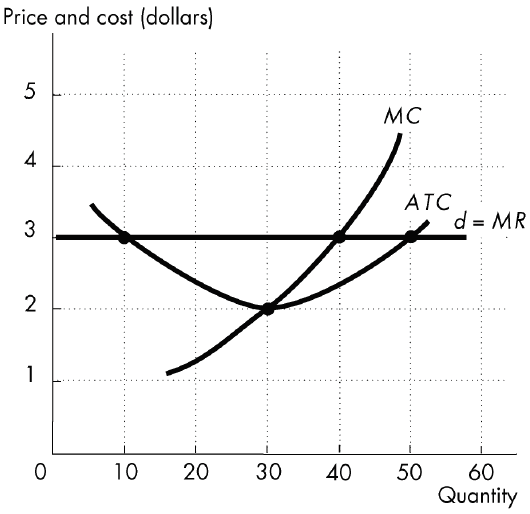An Archaeological ProblemThe following multiple-choice questions refer to the paragraph below. Base your answers on the information given below, your archaeological knowledge, and common sense.Recent excavations in the Levant have uncovered a small settlement of approximately twenty houses. These structures were circular in shape and had rock-wall foundations. A number of burials were found in a small cemetery adjacent to the settlement. Storage pits and roasting areas for preparing plant foods also were found, but there was no evidence for domesticated plants at the site. Animal bones from deer, gazelle, sheep, and goat were common at the site. The investigators noticed that a high number of young male animals were represented in the sheep bones. This difference was not noted among the
bones of the other species. Other materials from the site included sickle blades, bone tools, charcoal, and grinding slabs.Agriculture requires all of the following practices EXCEPT:
A. husbandry.
B. storage and maintenance.
C. harvesting.
D. consumption.
E. propagation.
Answer: D
You might also like to view...
A distinguishing feature of anthropology is the goal of understanding how aspects of human experience such as local history, physical environment, family life, language, settlement patterns, and religion are interrelated
This approach to culture is referred to as __________. A) the holistic approach B) the sociological approach C) cultural materialism D) participant observation
In the figure below, the owners of the firm are

A) making an economic profit.
B) incurring an economic loss.
C) making a competitive return.
D) It is not possible to determine how much profit or loss the owners are making because more information about the price of the product is required.
Humans share a common evolutionary history with the other primates
Indicate whether the statement is true or false
The gradual process of making beneficial adjustments to the environment is called:
a. adjustment. b. adaption. c. adaptation. d. acclimatization. e. alteration.